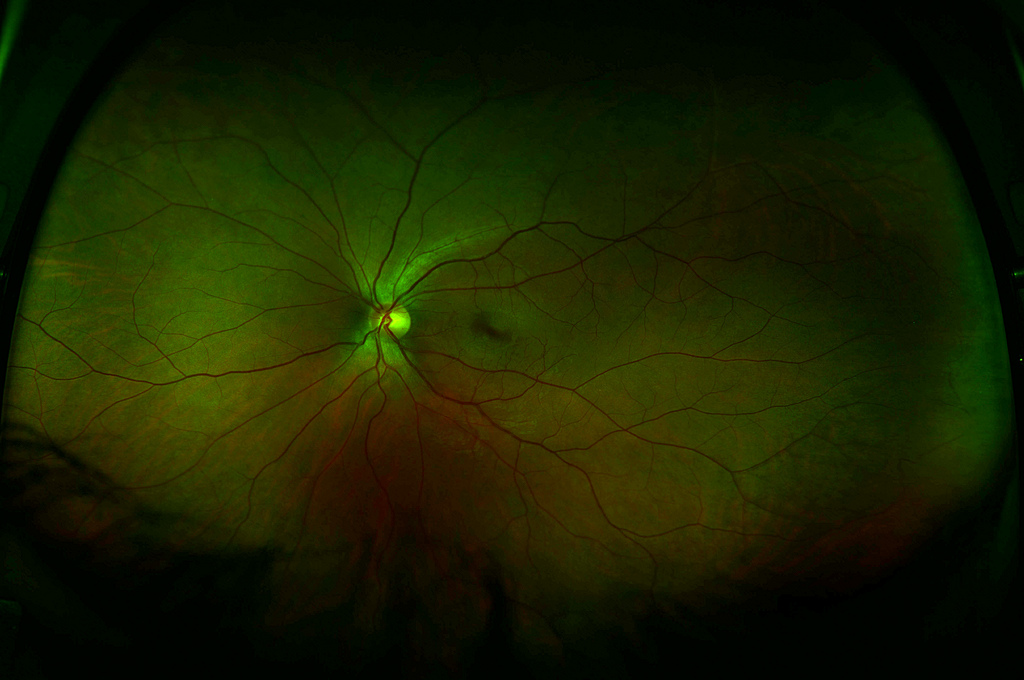
Retinal migraines are also referred to as monocular, ocular, visual or ophthalmic migraines. As you might have guessed, they are associated with visual symptoms that only affect one eye. They can also be a sign of retinal disease.
Retinal Disease
The retina is located on the back wall of your eye and is comprised of a thin layer of tissue that contains millions of light-sensitive nerves and cells. These nerves and cells collect and sort visual information before sending the data to the brain via the optic nerve, which allows for sight. Retinal diseases cause blood vessel spasms and nerve cell changes within this thin tissue layer that can result in visual symptoms and migraines. In severe cases, retinal diseases can also cause permanent blindness, making timely treatment important.
Retinal migraines are extremely rare, only occurring in one out of every 200 migraine sufferers. The most easily identifiable trait associated with the condition includes an array of visual disturbances that present before or during the onset of migraine pain. If you are suspicious about the type of migraine you might be experiencing, here are 13 indications you’re having a retinal migraine:
|
|
- You experience changes in vision that are temporary and only affect one eye.
- The visual changes you experience occur in quick, frequent bouts that last no more than an hour.
- Someone in your family has been diagnosed with retinal migraines or retinal disease.
- You experience short-term vision loss on one side or in an isolated area of your eye. The blackout will appear within your line of vision in only one eye.
- Your vision becomes blurred or fuzzy in one eye.
- You see flashing lights within your line of vision in only one eye.
- You see floating lines or odd patterns within your line of vision in only one eye.
- Visual changes do not resolve after several minutes, hours or days and become permanent.
You may also be interedt in this article: 6 Things You SHOULD Say To A Chronic Migraine Sufferer
Visual disturbances may be followed by traditional migraine symptoms:
- Migraine pain develops on the same side of your head as the visual disturbances with pain lasting 4 to 72 hours.
- Pain increases with physical activity.
- Pain is described as throbbing.
- Pain is accompanied by nausea or vomiting.
- Pain is accompanied by unusual sensitivity to light or sound.
You may notice the similarity between some visual disturbances associated with retinal migraines and visual disturbances common in migraines with aura. The differentiating factor to remember is that aura visual symptoms present in both eyes while retinal migraine visual symptoms only present in one eye.
If you believe your pain might be the result of a retinal migraine, it is important that you schedule an appointment to discuss symptoms with your physician. Unfortunately there are no exact tests for diagnosing retinal migraines but he or she will be able to rule out other possibilities with a full eye exam. A fundoscope examination may also be performed to check the blood flow in the eyes. Decreased blood flow levels could be a sign of retinal migraine.
Image Source: Martin Cathrae

